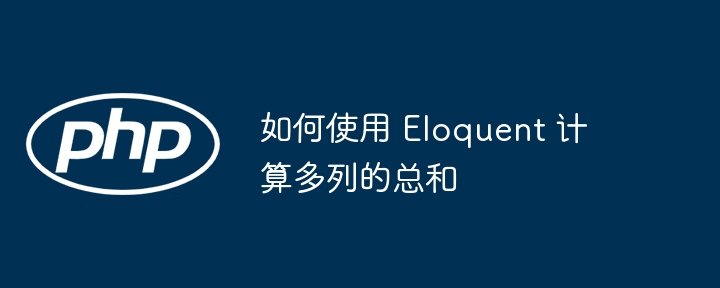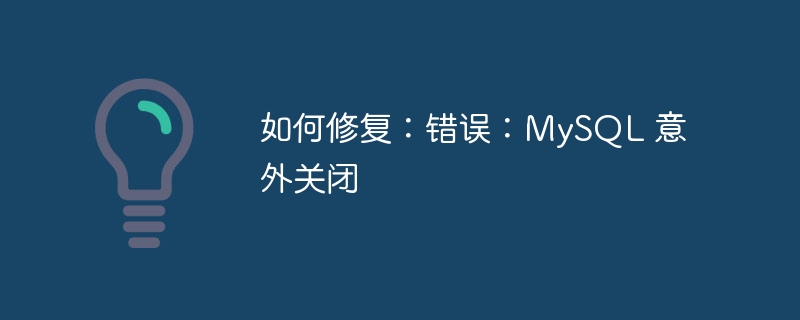对比分析 java 函数的性能提升方案的步骤:确定基准:使用 jvm 性能分析工具获取优化前的性能基线。探索优化方案:评估数据结构、对象创建、多线程、缓存和 jit 编译器等优化方案。实战案例:比较不同优化方案,例如并行流与原始函数的性能提升。

如何对比分析 Java 函数的不同性能提升方案?
Java 函数的性能提升至关重要,因为它会影响应用程序的响应时间和吞吐量。要对不同性能提升方案进行对比分析,可以遵循以下步骤:
1. 确定基准
立即学习“Java免费学习笔记(深入)”;
在进行任何优化之前,首先确定基准非常重要。这将为你提供一个性能比较基线。可以使用 JVM 性能分析工具(如 JProfiler 或 VisualVM)来获取基准统计数据。
public void runBenchmark(int iterations) {
long startTime = System.currentTimeMillis();
for (int i = 0; i < iterations; i++) {
// 将你的函数代码放在这里
}
long endTime = System.currentTimeMillis();
System.out.println("Execution time: " + (endTime - startTime));
}2. 探索优化方案
有许多不同的技术可以用来提升 Java 函数的性能,包括:
- 使用数据结构:选择合适的数据结构可以显著提高函数查找和检索元素的时间。
- 避免不必要的对象创建:频繁创建不必要的对象会增加垃圾回收开销。
- 利用多线程:通过将任务分配给多个线程,可以提高并行性。
- 缓存数据:通过将经常访问的数据存储在缓存中,可以减少从数据库或文件读取的次数。
- 使用 JIT 编译器:Just-in-time (JIT) 编译器可以将字节码编译为原生机器代码,从而提高执行速度。
3. 实战案例
考虑以下对比分析不同性能提升方案的实战案例:
// 原函数
public int sumArray(int[] arr) {
int sum = 0;
for (int element : arr) {
sum += element;
}
return sum;
}
// 使用并行流
public int sumArrayParallel(int[] arr) {
return Arrays.stream(arr).parallel().sum();
}
// 创建基准测试
public void benchmark() {
int iterations = 1000000;
long sumArrayTime = runBenchmark(iterations, sumArray);
long sumArrayParallelTime = runBenchmark(iterations, sumArrayParallel);
System.out.println("SumArray time: " + sumArrayTime);
System.out.println("SumArrayParallel time: " + sumArrayParallelTime);
System.out.println("Improvement: " + (100.0 * (sumArrayTime - sumArrayParallelTime) / sumArrayTime) + "%");
}上述代码通过对比使用并行流优化后的函数与原始函数的性能,展示了优化方案的实际影响。
以上就是如何对比分析 Java 函数的不同性能提升方案?的详细内容,更多请关注php中文网其它相关文章!
版权声明:本文内容由网友自发贡献,版权归原作者所有,本站不承担相应法律责任。如您发现有涉嫌抄袭侵权的内容,请联系 yyfuon@163.com





